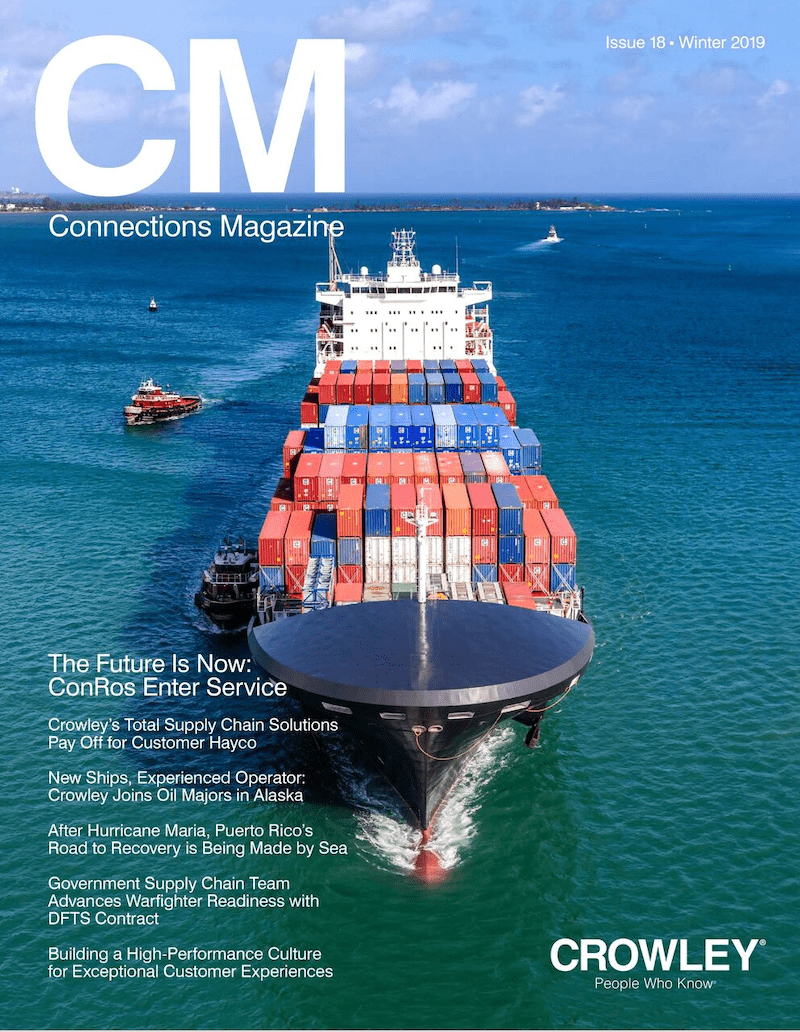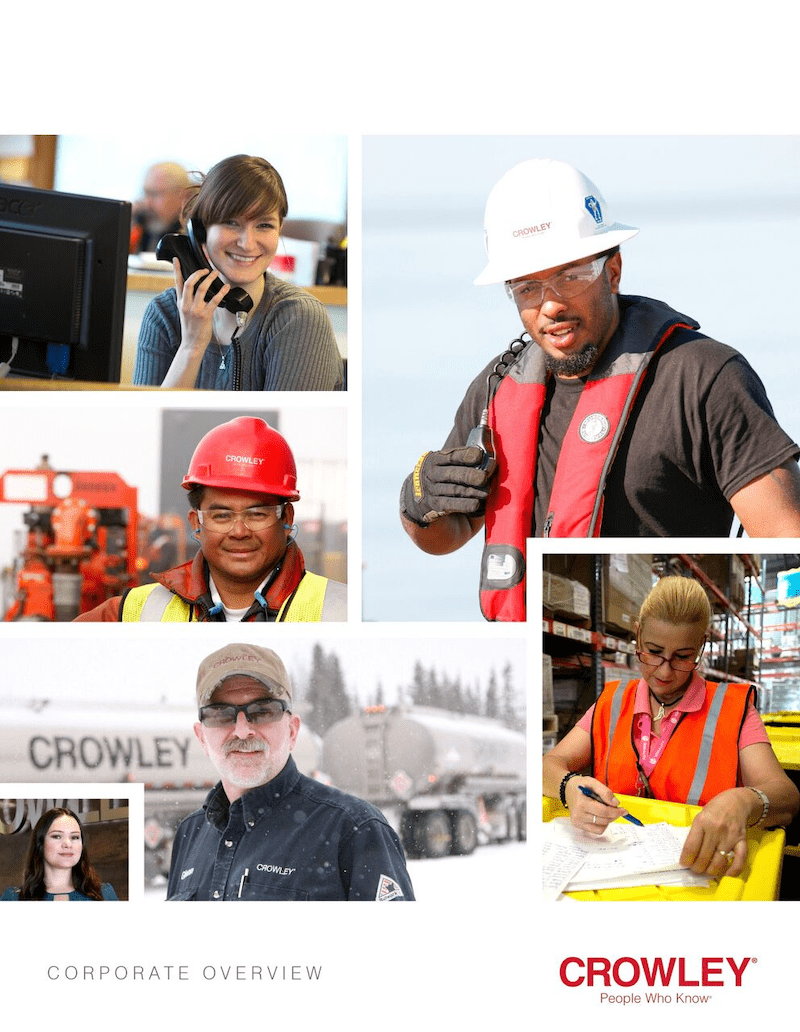News

Crowley Communications
The Crowley News and Media Hub
Latest Press Releases
- Shell Awards Crowley for Performance and Growth in Alaska Fuel
- MassCEC, City of Salem, and Crowley Announce Agreements for Salem Offshore Wind Terminal
- City of Salem and Crowley Wind Services Announce Historic Community Benefits Agreement for Wind Terminal Project
- Crowley Announces United States Merchant Marine Academy Recipients of Thomas B. Crowley Sr. Memorial Scholarship
- Crowley Accepts Delivery of eWolf, the First Fully Electric Tugboat in the U.S.
- Crowley Announces Massachusetts Maritime Academy Recipients of Thomas B. Crowley, Sr. Memorial Scholarship
- Crowley Vessels and Crews Recognized for Environmental Achievement
- Crowley Awards Memorial Scholarship to Great Lakes Maritime Academy Cadets
- Carbon Ridge, Crowley to Launch Advanced, Onboard Carbon Capture Project
Crowley on YouTube
Latest From The Crowley Blog
Maritime Safety is About Staying Engaged at Sea: Austin Duckworth, CPS Safety Champion of the Year
Helping healthcare companies rediscover the Caribbean Basin and Central America
Be Here Now, Be Self Aware to Champion Safety: Aaron Hanson, Crowley Fuels Champion of the Year
Latest Publications
Learn about the people, places and diverse business enterprises that make us a global player in logistics, government, marine and energy solutions in this archive of Connections magazines.
Learn about Crowley’s storied evolution, diverse business lines, values, and commitment to innovative solutions done right in our latest Corporate Brochure.
Crowley In The News
Crowley Fuels Completes Extensive Renovation of Kotzebue Dock
Alaska Business
February 17, 2021 | AK Biz Mag
Maritime Logistics Specialist Faces Down Nature to Keep Essential Supplies Running
Handy Shipping Guide
September 17, 2020 | Handy Shipping Guide
PODCAST: CEO Tom Crowley discusses operations in the COVID-19 era
Maritime Executive
July 06, 2020 | Maritime Executive
News Media Contacts
MEDIA RELATIONS: David DeCamp
Director, Corporate Communications
9487 Regency Square Blvd, Jacksonville FL 32225
(904) 727-4263
PHOTOS AND GRAPHICS: Bryant Hardwick
Creative Director
9487 Regency Square Blvd, Jacksonville FL 32225
(904) 726-4291

